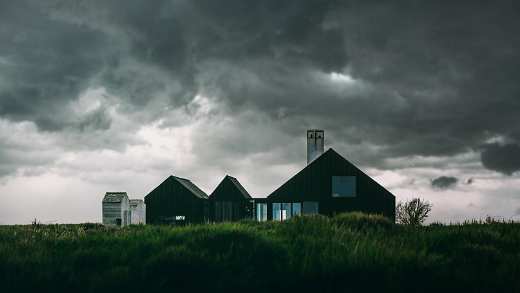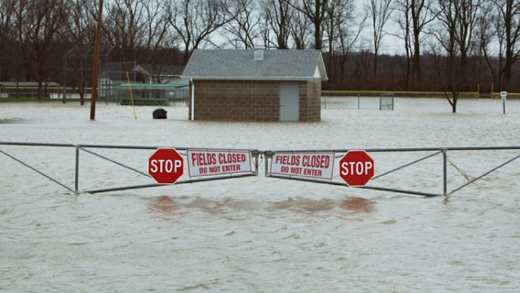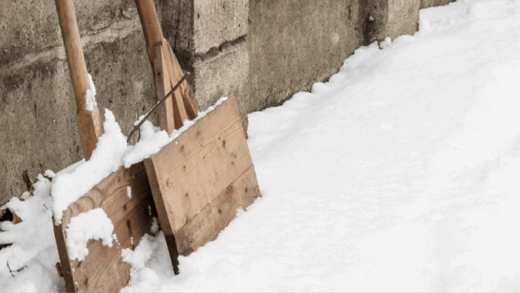We all like a good joke about the weather, come rain or shine. But if your home has been damaged following a storm, dealing with the aftermath is no laughing matter.
To help you avoid the worst, we’ve put together a list of simple steps you can take to limit the damage caused by strong winds and heavy rain – before, during and after a storm.
Before the storm
The best thing you can do at any time of the year is to make sure your property is well looked after. Regular checks can help your home stand up to bad weather when it comes. Try carrying out the following:
- Check your roof regularly
Look for loose or missing tiles, crumbling pointing or any other signs of damage. Also ensure your television aerial and satellite dish are securely attached. - Secure your fence
Make sure fence panels are fixed in place and garden gates are in good working order. You don’t want panels flying away or gates swinging wildly in the wind. - Remove hazardous branches
Cut down loose or overhanging branches in your garden, particularly those close to windows or power lines. But be careful: some trees are safeguarded and cannot be removed. Check with your local planning authority if you’re unsure whether a tree can be cut. - Keep gutters clear of moss and leaves
If your gutters overflow during a downpour, it’s time to give them a good clean. Remember to make sure they’re securely fixed in place once you’ve finished.
Professionals perform the above jobs for a reason. So if a task involves climbing up a ladder or working near power lines, be sure to get expert help.
When a storm’s approaching
If a storm’s on its way, there’s no need to panic. There are still plenty of tasks you can carry out to help minimise the impact of howling wind and rain.
- Secure garden furniture
Put away ladders, garden furniture, children’s toys or anything else that strong winds could send hurling around. - Close and fasten doors and windows
Don’t forget to secure less frequently used entrances, like loft trapdoors. - Park vehicles in a garage
If you have a garage, use it. If you don’t have one, try to park well away from trees, walls or fences that could fall in the face of strong winds. - Keep pets indoors
Make sure pets are protected and small outside pets are brought indoors. - Prepare a storm emergency kit
Be prepared just in case you need to leave your home in the midst of the storm. Pack warm clothes, medicines, a torch and batteries.
It’s also a good idea to ensure your home insurance documents are easily accessible – just in case you need to give us a call.
During the storm
Once the storm hits, stay indoors as much as possible. Only head outside when it’s essential.
If you do hear something in your home break, don’t try to repair damage while the storm’s still in progress. Property can be repaired, but it’s more important to stay safe.
After the storm
If your home or belongings have been damaged, contact your insurer as soon as possible and let them know what’s happened.
List any damage to your property and don’t throw anything away in case it’s needed for the claims process. It’s also a good idea to photograph or video the damage.
While you wait for the professionals to take care of any significant repairs, there are several things you can do to start the clean up once it’s safe to do so:
- Use a plastic sheet to temporarily patch up damaged parts of your home that you can get to safely and easily
- Check in on vulnerable neighbours or relatives and help them make any arrangements for repairs
- Remember to keep clear of electrical or telephone cables that have been blown down or are hanging loose
Finally, try not to panic. Insurance companies like us are used to dealing with events like storms and the damage they often cause. That’s why we work with a large network of local contractors to make sure we can get help to you as quickly as possible when you need it.






